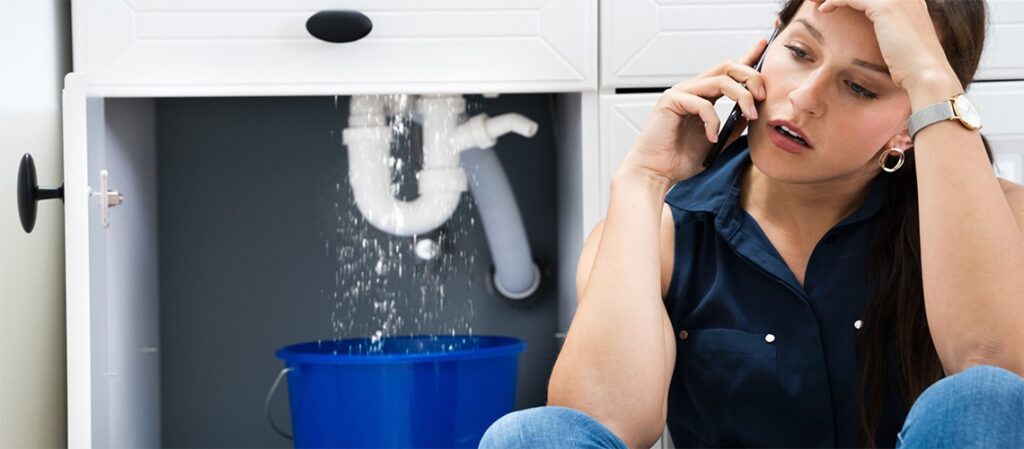How to Recognize a Plumbing Disaster Before It’s Too Late
Homeowners often overlook small plumbing issues until they escalate into major, costly disasters. Recognizing the signs early can save you from expensive repairs, water damage, and the stress of dealing with emergency situations. Plumbing disasters rarely strike without warning. Understanding what to look for can help you take proactive steps to address problems before they spiral out of control.
Unusual Noises in Pipes and Fixtures
One of the earliest and most easily detectable signs of a plumbing issue is noise. If you begin to hear gurgling, rattling, or banging noises coming from your pipes, you should not ignore them. These sounds often indicate air trapped in the lines, which can be a symptom of a developing blockage or a failing pressure regulation system. Hissing noises from faucets might mean water is escaping somewhere it shouldn’t be. These acoustic clues are your plumbing system’s way of calling for attention.

Slow Drainage and Frequent Clogs
A sink or bathtub that drains slowly can be much more than a minor inconvenience. It may suggest a partial blockage in the pipes, which over time can become a full clog and lead to flooding or backups. When multiple drains throughout your house begin to slow down at the same time, the problem is likely in your main sewer line. Ignoring these signs can lead to raw sewage backing up into your home—a true plumbing nightmare.
Unexplained Moisture or Water Stains
Water stains on walls, ceilings, or floors are strong indicators of a hidden plumbing leak. If you notice discoloration, warping, or mold in these areas, it’s likely that water is escaping from somewhere it shouldn’t. These leaks often remain hidden behind walls or under floors, slowly causing damage over time. Moisture that doesn’t have an obvious source should always be investigated quickly. Acting fast can prevent structural damage and mold growth.
Sudden Drop in Water Pressure
A sudden or gradual drop in water pressure can point to several problems within your plumbing system. It may be caused by a leak, a blockage, or even corrosion inside your pipes. If your neighbors aren’t experiencing the same issue, the problem likely lies within your home. Low water pressure not only affects the comfort of your showers and taps but also hints at a compromised plumbing infrastructure that needs professional attention.
Discolored Water Coming from Fixtures
Rusty or discolored water should never be ignored. It might indicate corrosion in your pipes or contamination entering your water supply. While occasionally discolored water can be due to municipal maintenance, persistent discoloration is a sign of internal problems. If the water has a metallic taste or carries an odor, it could be unsafe for use and should be checked by a plumber immediately.
Unexpected Spikes in Your Water Bill
A significant increase in your water bill without any corresponding rise in usage is a strong indicator of a hidden leak. This could be due to a constantly running toilet, a cracked underground pipe, or a dripping faucet you haven’t noticed. Monitoring your monthly water bills and being alert to unexplained increases can help you catch problems early. A running leak, even a small one, can waste thousands of gallons of water a year and lead to costly damage.
Backflow and Foul Odors
When waste water starts to flow in the opposite direction, it’s known as backflow, and it’s a serious health hazard. A foul smell coming from your drains or toilets may suggest a blockage or a break in your sewer line. Sewer gas is not only unpleasant—it’s potentially dangerous. If you detect any kind of strange odor coming from your plumbing fixtures, it’s essential to have your system inspected immediately.
Cracks in Foundation or Walls
Long-term, undetected water leaks can compromise the structure of your home. Cracks in your foundation, sagging ceilings, or bulging walls may all be signs that water has infiltrated areas it shouldn’t have. When water seeps into a structure over time, it weakens materials, causing them to shift or collapse. If your home begins showing structural changes and you suspect water is involved, this could be the result of a serious plumbing issue.
Visible Mold and Mildew Growth
Even in well-ventilated areas, mold and mildew should not be prevalent. Their presence often signals excess moisture, typically from a hidden plumbing leak. Mold thrives in damp, dark environments and can spread quickly behind walls or under flooring. Apart from damaging your home, mold poses serious health risks, especially to individuals with respiratory conditions. If you smell mustiness or see mold forming in odd places, it’s wise to look into the possibility of a plumbing leak.
Lush Patches in Your Yard
While it might seem like a benefit, especially during dry seasons, an unusually green and lush area of your yard could indicate a leaking underground pipe or sewer line. Water escaping underground enriches the soil in localized spots, leading to inconsistent plant growth. If you notice damp soil, pooling water, or greener grass in one specific area of your yard, it’s time to call a plumber to investigate the possibility of a leak beneath your property.

Appliance Malfunctions and Leaks
Appliances like dishwashers, water heaters, and washing machines depend heavily on well-functioning plumbing systems. If these appliances start leaking or malfunctioning frequently, the root cause may be in the plumbing rather than the appliance itself. For example, a failing water heater can leak or fail to heat properly due to sediment buildup or pressure problems. Similarly, leaks around your washing machine might result from poor connections or in need of some Carlsbad drain cleaning service near me.